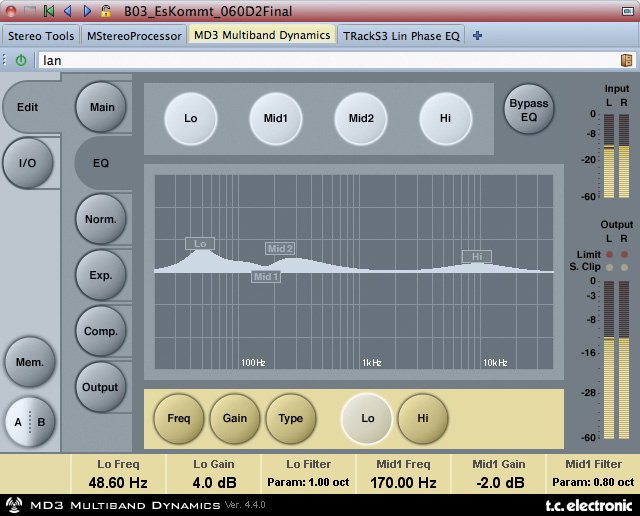

This makes it easy to spot the two parts' peaks and troughs and identify frequencies where one part might be masking the other. As the project plays, I now see the EQ spectrum for my kick drum (orange) through that of the bass guitar (blue). In the second (orange) drop-down slot, I've selected my kick drum track. In the first screenshot (above) I've selected my bass guitar track and, in the Equaliser tab of its Channel Setting window, engaged the Activate Channel Comparison button. Let's start with the kick and bass example.

There are plenty of scenarios in which such comparison can be useful, and I'll explore two here: This makes it easy to compare the frequency distribution of two audio signals, in real time, providing a very useful visual guide to complement what your ears might already be telling you. In Cubase Pro 10.5, Steinberg added a very useful Spectral Comparison EQ option to the Channel Settings window. Cubase Pro 10.5's Spectral Comparison EQ can be helpful when adjusting the frequency relationship between two sources, such as kick drum and bass guitar, whose frequency ranges overlap.Ĭubase Pro's Spectral Comparison EQ makes it easy to figure out why things sound too different or too similar!


 0 kommentar(er)
0 kommentar(er)
